2 Answers
### 1. **Technology and Construction**
- **Fluorescent Tubes:**
- **How They Work:** Fluorescent tubes produce light through a gas-filled tube coated with phosphor. When electricity flows through the gas, it creates ultraviolet (UV) light, which then excites the phosphor coating to emit visible light.
- **Components:** They consist of a glass tube, electrodes at each end, and a phosphor coating. Fluorescent tubes typically require a ballast to regulate the current.
- **LED Tubes:**
- **How They Work:** LED (Light Emitting Diode) tubes produce light through a semiconductor that emits photons when an electrical current passes through it. This process is known as electroluminescence.
- **Components:** LED tubes are made of plastic or glass and contain multiple small LEDs arranged in a linear fashion. They do not require a ballast, which simplifies installation.
### 2. **Energy Efficiency**
- **Fluorescent Tubes:**
- Generally, fluorescent tubes are less efficient than LEDs. They convert about 20-25% of their energy into light, with the rest lost as heat.
- They consume more wattage for the same amount of light output compared to LED tubes.
- **LED Tubes:**
- LED tubes are significantly more energy-efficient, converting about 80-90% of their energy into light. This means they can produce the same amount of light (measured in lumens) while consuming much less power (watts).
- They are available in a range of wattages to suit various lighting needs.
### 3. **Lifespan**
- **Fluorescent Tubes:**
- The average lifespan of a fluorescent tube is around 7,000 to 15,000 hours, depending on usage and conditions.
- They tend to flicker and dim over time, which can be annoying for users.
- **LED Tubes:**
- LED tubes can last anywhere from 15,000 to 50,000 hours or more. They maintain consistent brightness throughout their lifespan and do not flicker.
- This longer lifespan means less frequent replacements and lower maintenance costs.
### 4. **Environmental Impact**
- **Fluorescent Tubes:**
- Fluorescent tubes contain mercury, a toxic substance that poses environmental hazards if the bulbs break or are improperly disposed of.
- Disposal must be handled carefully, often requiring special recycling to mitigate pollution.
- **LED Tubes:**
- LED tubes do not contain toxic materials like mercury, making them safer for the environment.
- They are also more sustainable due to their energy efficiency and longer lifespan, resulting in less waste over time.
### 5. **Light Quality and Color Temperature**
- **Fluorescent Tubes:**
- Available in various color temperatures, but many people find their light quality less appealing due to a flickering effect and lower color rendering index (CRI).
- Common color temperatures range from warm white (2700K) to cool white (6500K).
- **LED Tubes:**
- LED tubes also come in a variety of color temperatures and often provide better color rendering, meaning they can accurately represent colors.
- They can be tuned to produce warmer or cooler light, catering to specific aesthetic and functional needs.
### 6. **Cost**
- **Fluorescent Tubes:**
- Generally, they have a lower initial purchase price compared to LED tubes.
- However, their shorter lifespan and higher energy consumption can lead to higher long-term costs.
- **LED Tubes:**
- The upfront cost is usually higher, but due to their energy efficiency and longevity, they often provide better value over time.
- Many commercial spaces are making the switch to LEDs to save on electricity bills and maintenance.
### Conclusion
In summary, while both LED tubes and traditional fluorescent tubes serve the same basic purpose of providing light, LEDs offer numerous advantages in terms of efficiency, lifespan, environmental safety, and overall light quality. As technology continues to advance, LEDs are becoming the preferred choice for many applications, leading to significant energy savings and reduced environmental impact.

Applied Physics
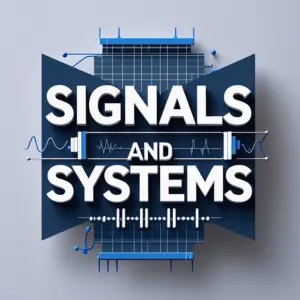
Signals and Systems

Digital Electronics
Basic Concepts
Basic Laws
Units
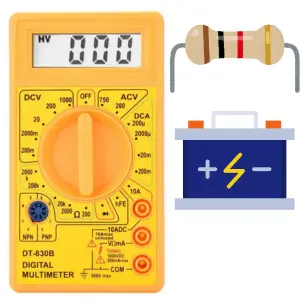
Ohmic Resistors
Capacitors and Inductors
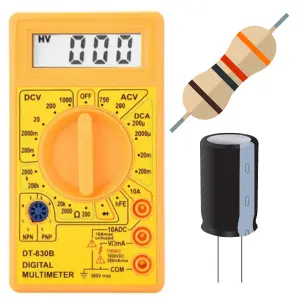
RC Circuit
First-Order Circuits
Second-Order Circuits
Principles Of Circuit Analysis
Sinusoids and Phasors
AC Steady-State Analysis
Single Phase A.C. Circuits
Three-Phase Circuits
Resonance In Series And Parallel Circuits
Network Theorems
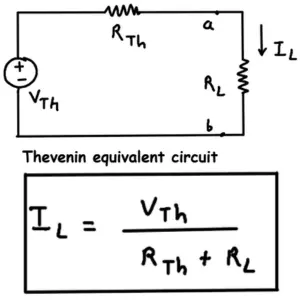
Thevenin's Theorem
Two-port Networks
Digital Electronics

Oscilloscope
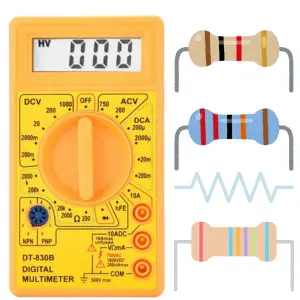
Ohmmeter
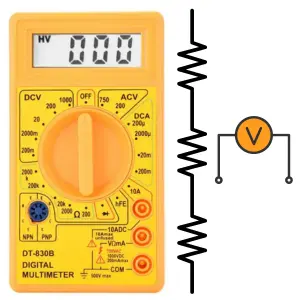
Voltmeter
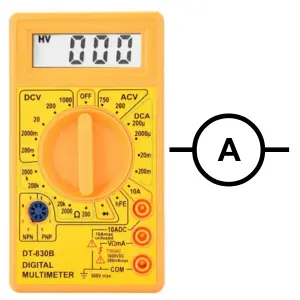
Ammeter
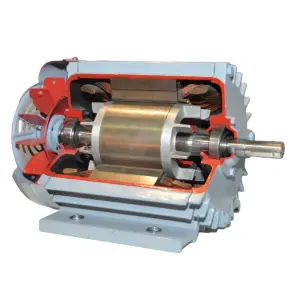
Induction Motor

Transformer
Operational Amplifiers
Components
Symbols
Formulas
EE Notes
EE Dictionary

MCQ Quiz

Interview Q&A
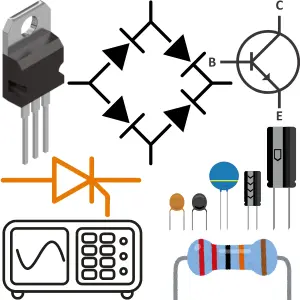
Power Electronics Book
Advanced Calculator

Basic Calculator
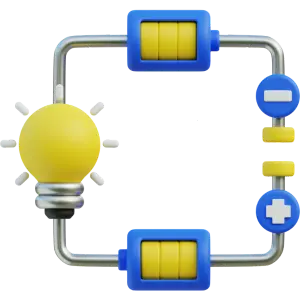
Simulator
Videos
Q&A
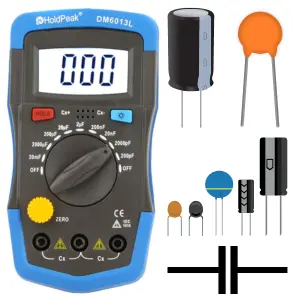
Capacitance Meter
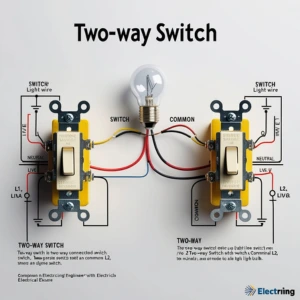
Two Way Switch
Electrical Machines
Power Electronics
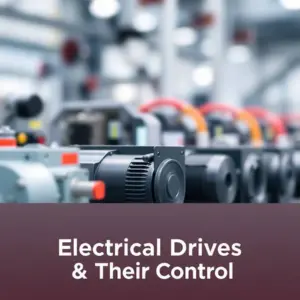
Electrical Drives & Their Control
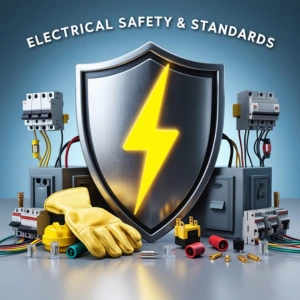
Electrical Safety & Standards

Basics of Electronics Engineering
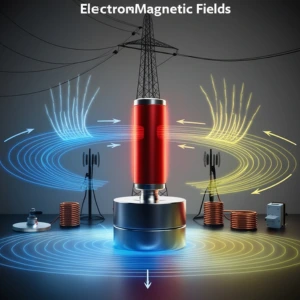
Electromagnetic Fields

Electrical Machines

More Items Coming Soon...